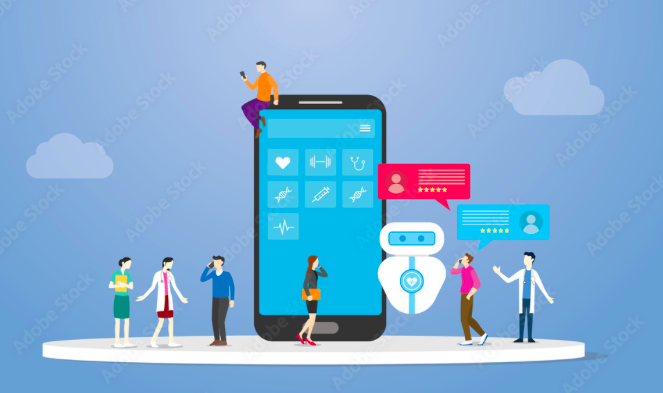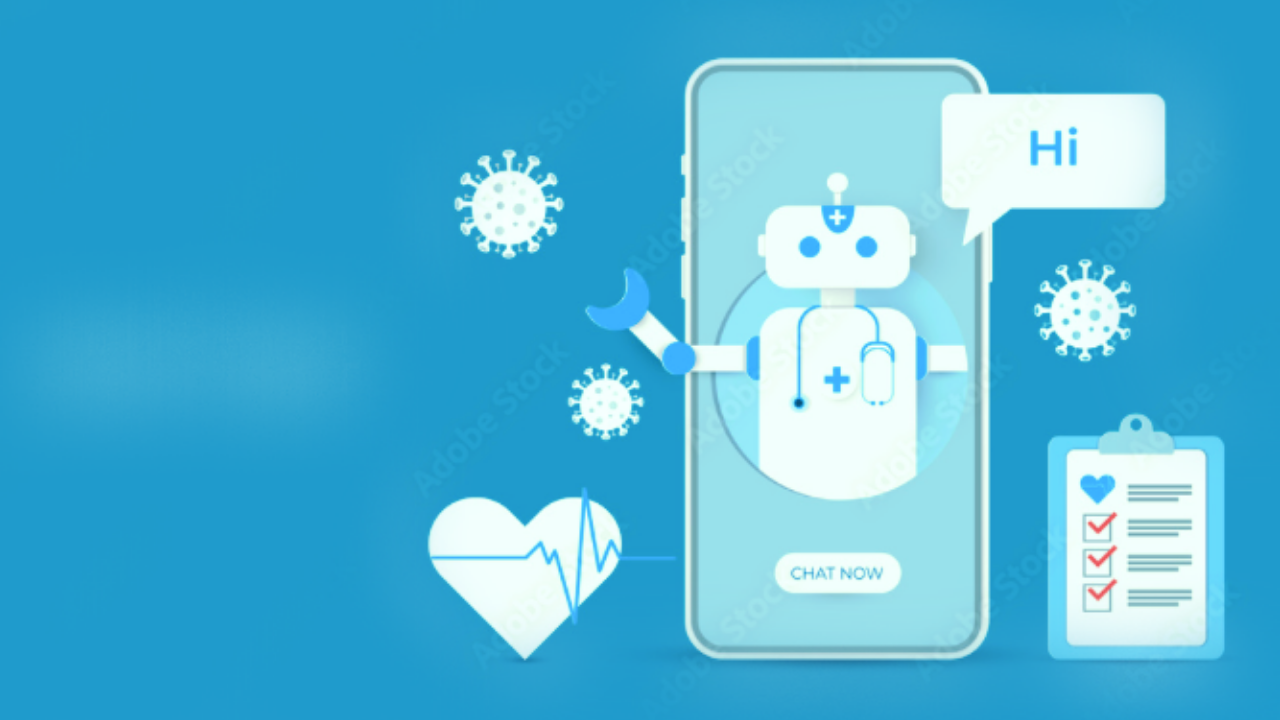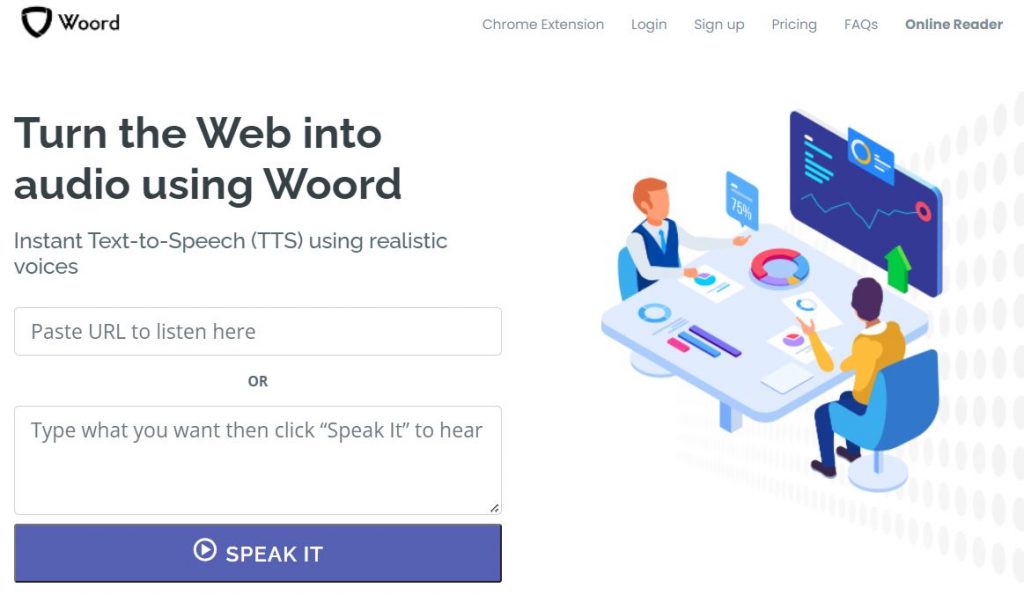Voice AI enabled patient scheduling, information dissemination, medical triggering and escalation of emergency cases, post-treatment engagement, and individualised treatments. Next, we will review some of its incidence in healthcare.
Voice AI is a speech technology powered by artificial intelligence (AI) that enfolds the capacity to synthesise human discourse or turn text into speech. In other words, Voice AI can utilise Text To Speech (TTS) technology to generate artificial lifelike utterances. For that reason, as the world incorporates speech-first technologies, many industries and sectors –like healthcare– have integrated Voice AI assets such as chatbots and voice bots.
“As hospital systems are increasingly overwhelmed by the consequences of the pandemic, administrators are turning to conversational AI as a solution,” Jim Freeze, Chief Marketing Officer at conversational AI company Interactions, stated. Patients learnt to use technology to continue their care during the pandemic when disrupted clinical studies enfolded tough decisions about whether and how to continue their treatments. It was through messaging apps, chatbots and voice bots that individuals were able to have individualised interactions and control and monitor their care from their own homes. “I expect to see this trend of conversational AI in healthcare continue into 2022”, Freeze also said.

And this tendency will persist through this year, indeed. Voice AI has become a vital communication and assistance tool. It provides a user-friendly, automated way to share information with customers at a low cost and scale. It is quickly gaining traction as a technique for giving the best possible treatment depending on the patient’s requirements.
So, do medical chatbots powered by Voice AI result in substantial healthcare paradigm shifts?
Yes. Medical chatbots can help minimise healthcare providers’ burden by lowering hospital visits, needless treatments and procedures, and hospital admissions and readmissions as patients’ adherence to therapy and understanding of their symptoms improve. Furthermore, before patients enter the consultation room, hospitals and private clinics utilise chatbots to triage and clerk them. These chatbots ask pertinent questions regarding the patient’s symptoms and deliver automated replies to supply the doctors –who assess which patients deserve particular care and which patients only require a quick consultation– with the correct history.
Creating a Voice AI application such as a chatbot or voice bot is simple. You only require an accurate text to speech software. Clueless about your TTS options? No worries! We know about an excellent speech synthesiser you can integrate into your other digital tools (e.g., website and mobile app).
Woord
Woord is an AI voice generator of 50 distinct, high-quality voices across 28 different languages, including some regional variations. Consequently, you will be able to communicate with patients who speak English, Spanish, Portuguese, French, German, Russian, Turkish, Hindi, Italian, Japanese, Chinese, Vietnamese, Arabic, Dutch, Norwegian, Korean, Polish, Swedish, Bengali, Danish, Welsh, Filipino, etc.
Furthermore, you will be capable of customising your spokesperson. That means you can select a male, female or androgynous speaker. But that’s not all. You can turn to advanced audio settings, which may speed up or slow down the pace or decide the device profile (like GPS, IVR and Smarthome audio effect) that suits your preferences. Plus, Woord comes with an SSML editor. This tool can rearrange tone, pauses and phonemes, among other traits.
Last but not least, Woord enfolds other features for converting plain text, pdf, txt, doc(x), pages, odt, ppt(x), ods, non-DRM epub, jpg, and png files into speech: OCR technology, Chrome extension and MP3 download. It even counts with API access to integrate text-to-speech in your healthcare’s website or mobile app.
Feel free to go through Woord‘s billed plans to discover the perfect one for your hospital or clinic!


